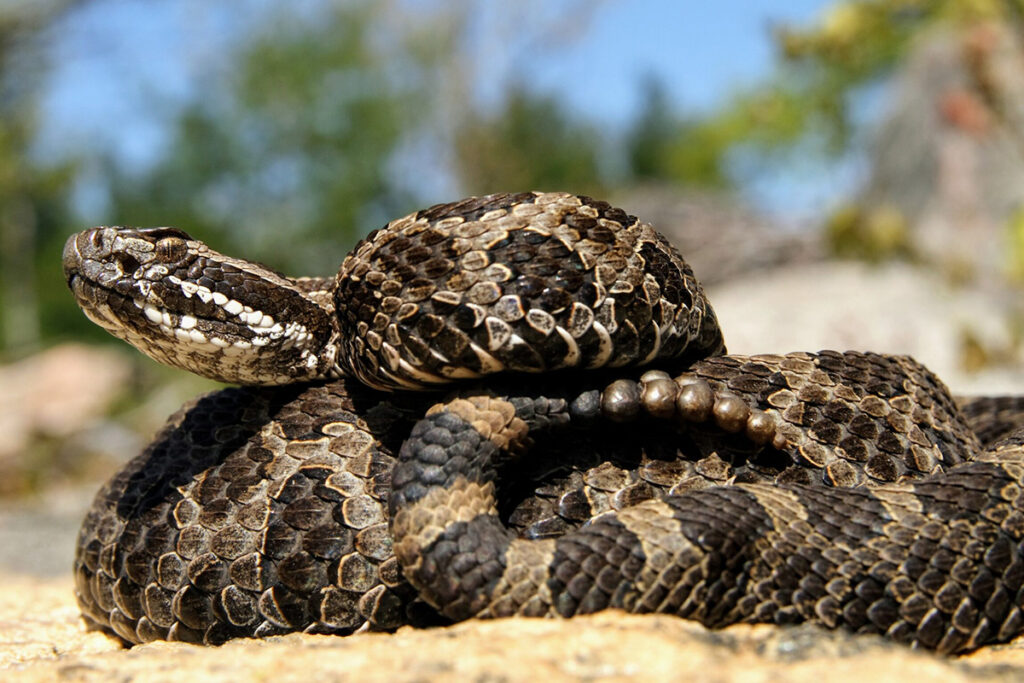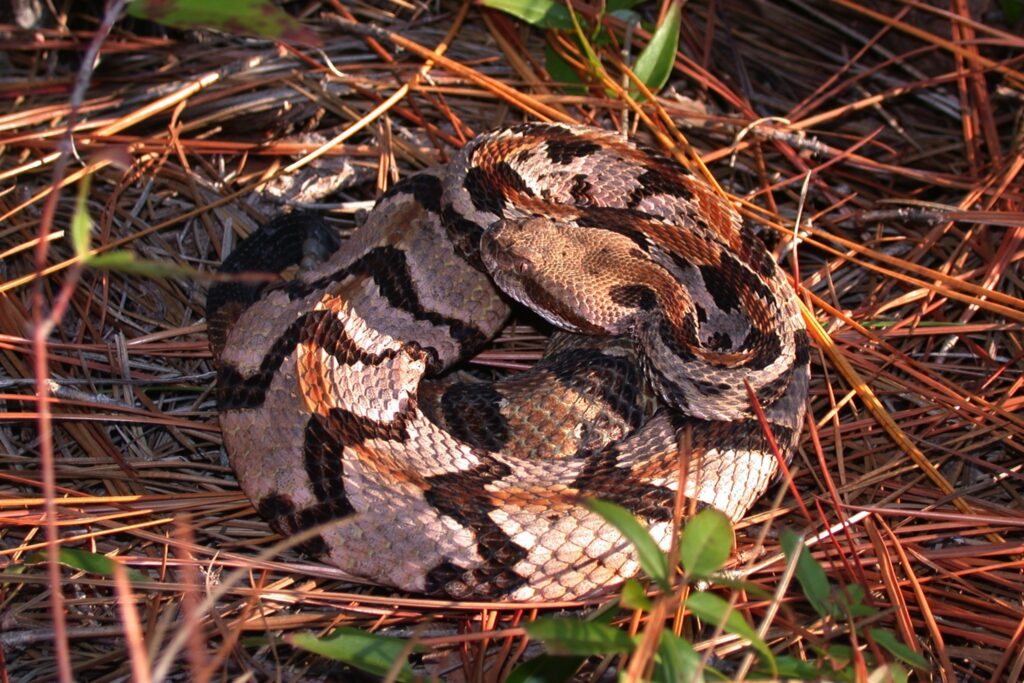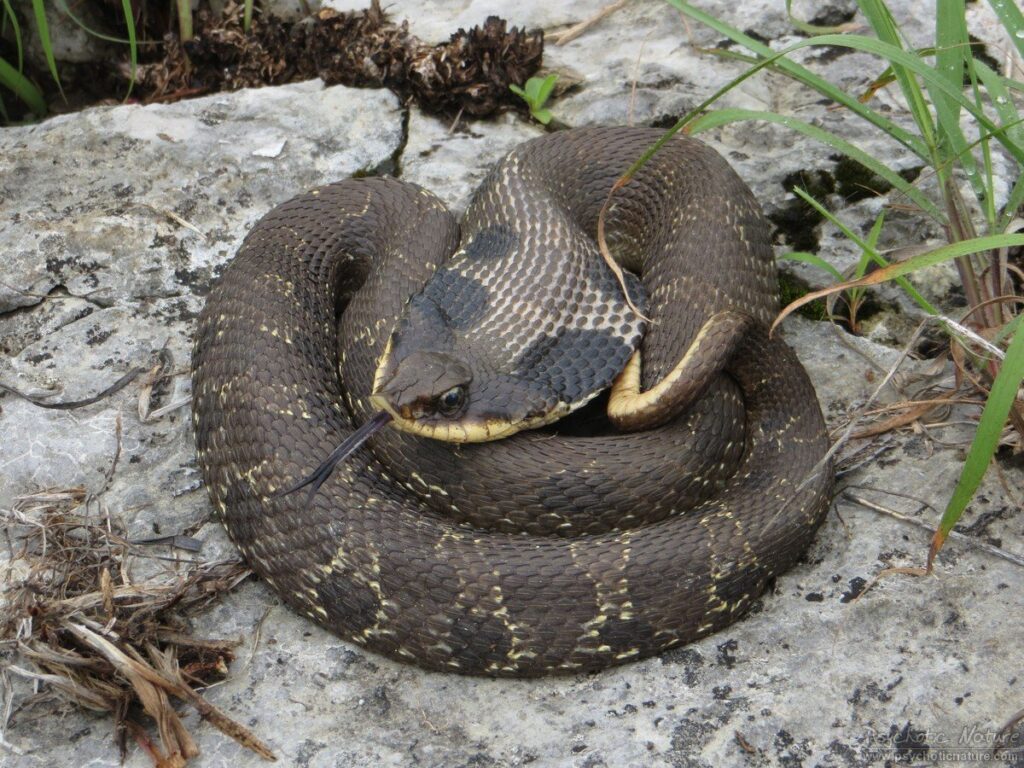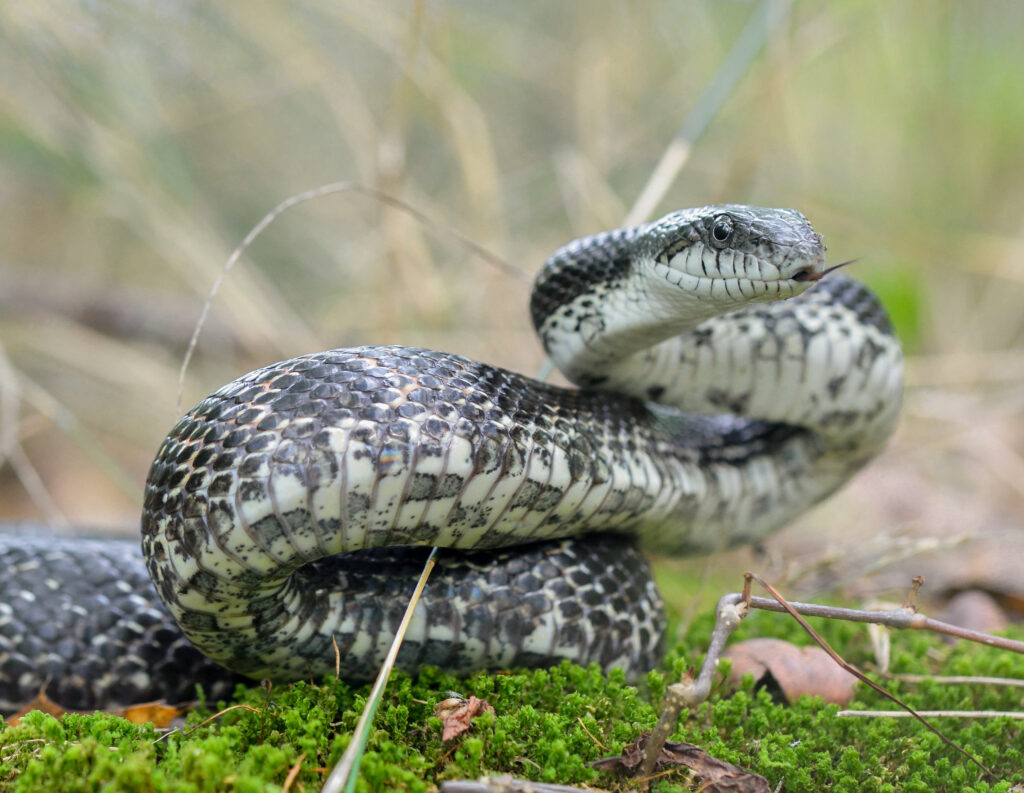Wisconsin is home to many famous venomous snakes in the world. The snake species here are quite diverse and have their characteristics. Let’s learn more about these snakes through the article Poisonous Snakes Popular In Wisconsin. This article will provide necessary information about snakes in this area.
Ecological Features of Wisconsin
Wisconsin, a state in the Midwest of the United States, is well-known for its wide range of natural characteristics. The state is home to a variety of ecosystems, such as wetlands, lakes, grasslands, and woods. The Great Lakes region, which encompasses Lake Michigan and Lake Superior, is one of Wisconsin’s most distinguishing biological features.
The climate of the state is significantly influenced by these lakes, which also serve as vital habitats for many different plant and animal species. Wisconsin’s forests play a significant ecological role in the state. Many different tree species, including maple, oak, and pine, can be found in these woodlands. They also support a wide variety of fauna, such as bears, wolves, and deer.
Wisconsin is home to several grasslands, wetlands, and prairies in addition to its forests and lakes. Numerous types of birds, amphibians, and reptiles are among the many plant and animal species that can be found in these environments. Overall, Wisconsin is a state with a variety of habitats and animals, which makes it a crucial location for conservation efforts.
Common Snakes in Wisconsin
Eastern Massasauga
Wisconsin is home to the eastern massasauga (Sistrurus catenatus catenatus), a poisonous snake that is native to regions of the Midwest and Eastern United States. It belongs to the family of pit vipers and is distinguished by the triangular form of its head and the dark, arrow-like patterns on its back.
Adult eastern massasaugas typically measure 2 to 3 feet in length, making them small to medium-sized snakes. They frequently inhabit wetlands such as marshes, swamps, and bogs. They hunt a variety of small prey during the day, including frogs and rodents, and are active during the day.

The eastern massasauga’s venomous bite, which can be dangerous to humans, is one of its distinctive features. The snake is usually calm, though, and will only bite when it feels threatened. The eastern massasauga is protected by state law in Wisconsin since it is a “threatened” species.
To safeguard and conserve the surviving populations of this distinctive and significant species, conservation efforts are being made. This is a follow-up to Poisonous Snakes Popular In Wisconsin.
Timber Rattlesnake
The canebrake rattlesnake (Crotalus horridus), often known as the timber rattlesnake, is a poisonous snake that is indigenous to Wisconsin and other states in the Midwest and Eastern United States. It belongs to the family of pit vipers and is distinguished by the unique rattle at the end of its tail, which it uses to scare away potential predators.

The average adult length of a timber rattlesnake is between three and five feet. They frequently inhabit forests, especially those with ledges or rocky outcroppings. They hunt a range of prey, including small animals, birds, and reptiles, during the day. The timber rattlesnake can bite humans dangerously, just like all venomous snakes can. It is usually not hostile, though, and will only bite if it feels threatened.
State legislation in Wisconsin protects the timber rattlesnake since it is a “threatened” species. To safeguard and conserve the surviving populations of this distinctive and significant species, conservation efforts are being made. This is a follow-up to Poisonous Snakes Popular In Wisconsin.
Eastern Hognose Snake
Native to Wisconsin and other states in the East and Midwest of the United States, the eastern hognose snake (Heterodon platirhinos) is not poisonous. It is small to the medium-sized snake, with adults typically reaching lengths of 2 to 3 feet.
The unique features of eastern hognose snakes include an upturned snout and a row of broad, keeled scales on their back. They frequently inhabit a variety of habitats, such as wetlands, grasslands, and woodlands. They hunt a range of small prey, such as frogs, toads, and lizards, during the day.

When threatened, the eastern hognose snake has a propensity of acting dead, which is one of its distinguishing habits. When challenged, a snake will turn onto its back, stop moving, and release an offensive scent.
The eastern hognose snake is not regarded as endangered in Wisconsin and is not covered by state legislation. The Migratory Bird Treaty Act, however, provides for its protection under the law. This is a follow-up to Poisonous Snakes Popular In Wisconsin.
Grey Rat Snake
A nonvenomous snake with native ranges in sections of the Eastern and Midwest of the United States, including Wisconsin, is the grey rat snake (Pantherophis slides), sometimes known as the gray rat snake or the chicken snake. It is a medium-sized to a giant snake, with adults typically reaching lengths of between 3 and 6 feet.

The striking coloring of grey rat snakes, which can range from varying degrees of grey to brown to black, is what makes them so well-known. They frequently inhabit a variety of habitats, such as wetlands, grasslands, and woodlands. They hunt a range of prey, including small animals, birds, and reptiles, during the day.
The eastern massasauga’s venomous bite, which can be dangerous to humans, is one of its distinctive features. The snake is usually calm, though, and will only bite when it feels threatened. The eastern massasauga is protected by state law in Wisconsin since it is a “threatened” species. To safeguard and conserve the surviving populations of this distinctive and significant species, conservation efforts are being made.
Each snake species in Wisconsin will have different characteristics. Hopefully the article Poisonous Snakes Popular In Wisconsin will provide you with useful information.

